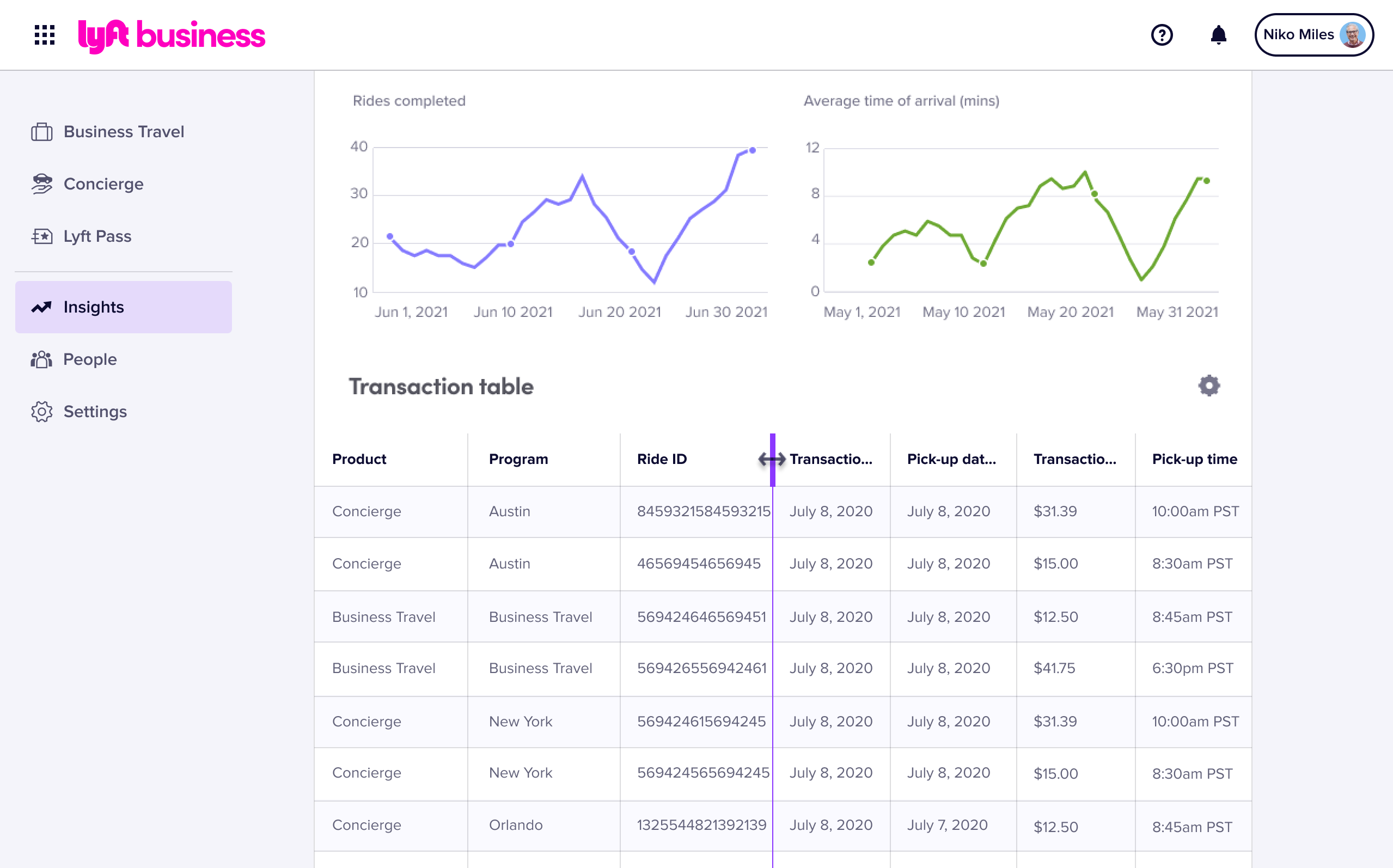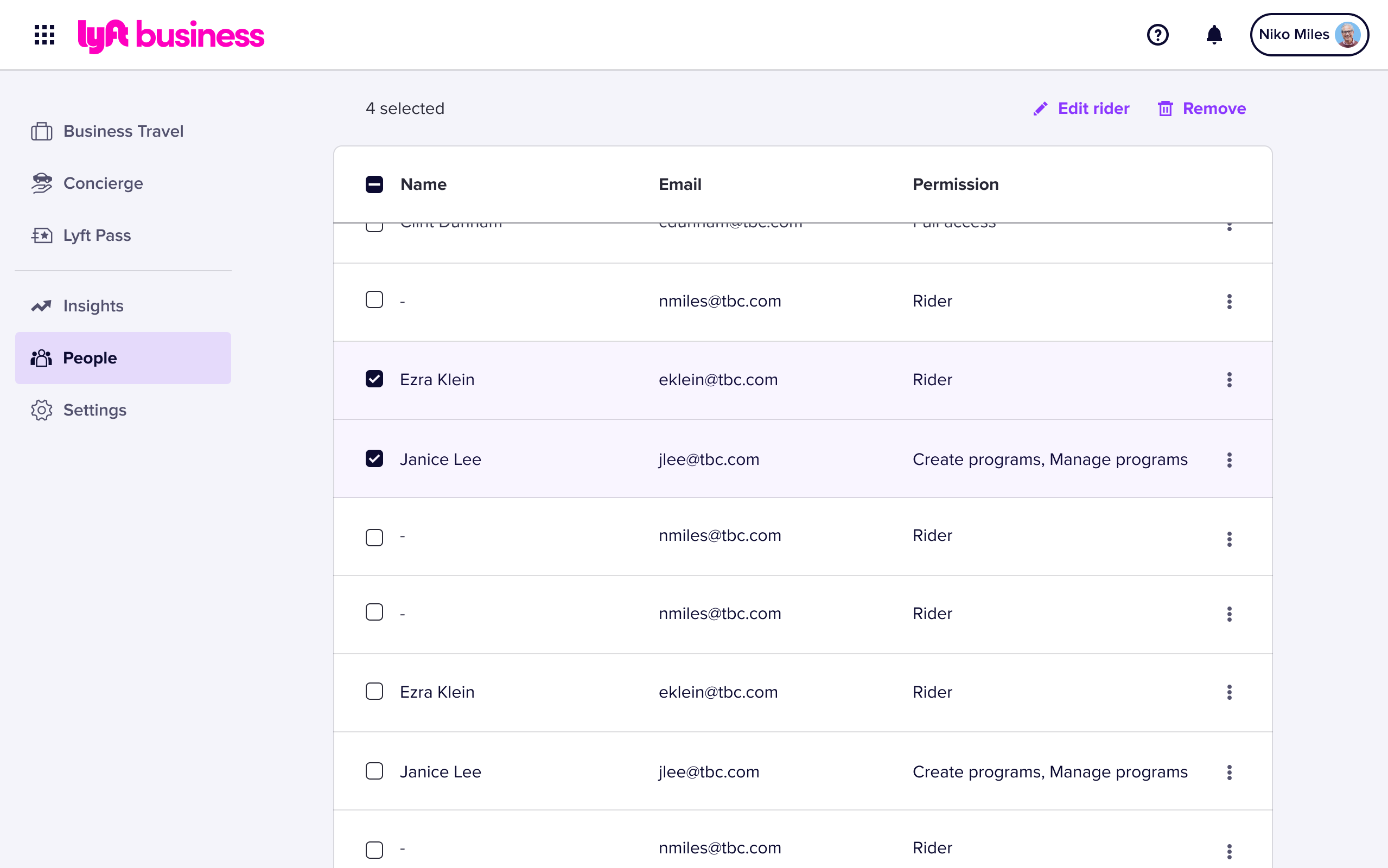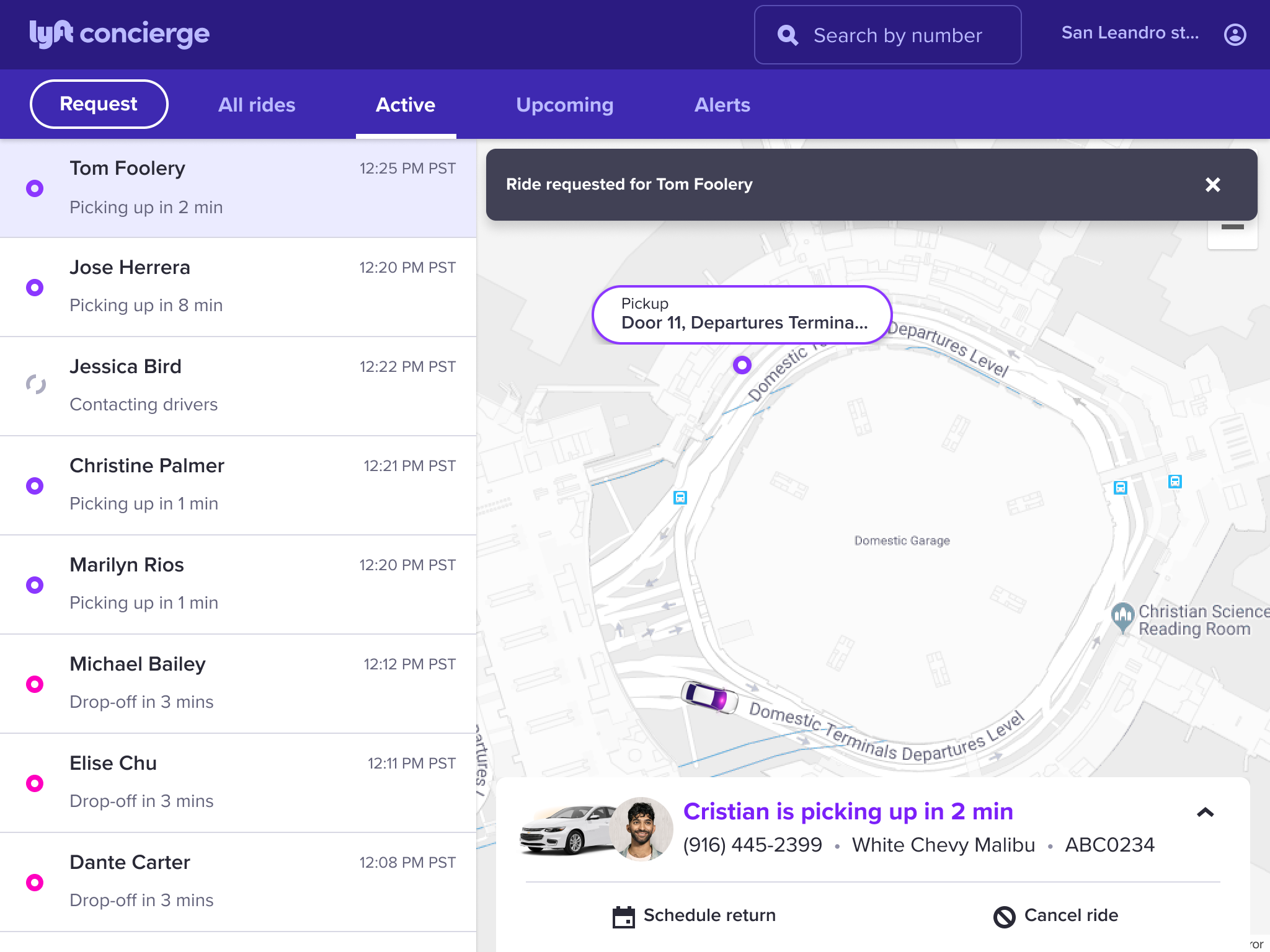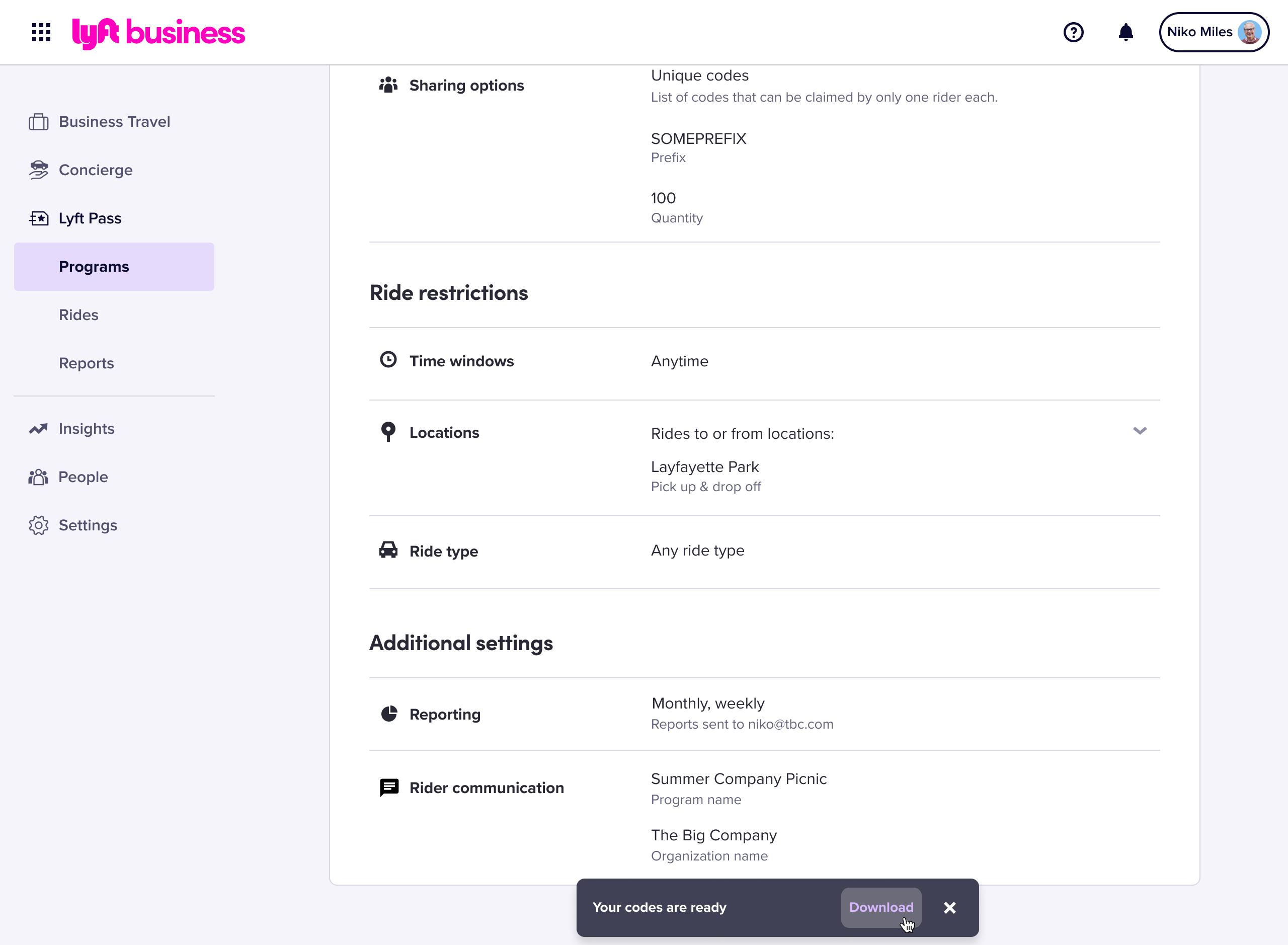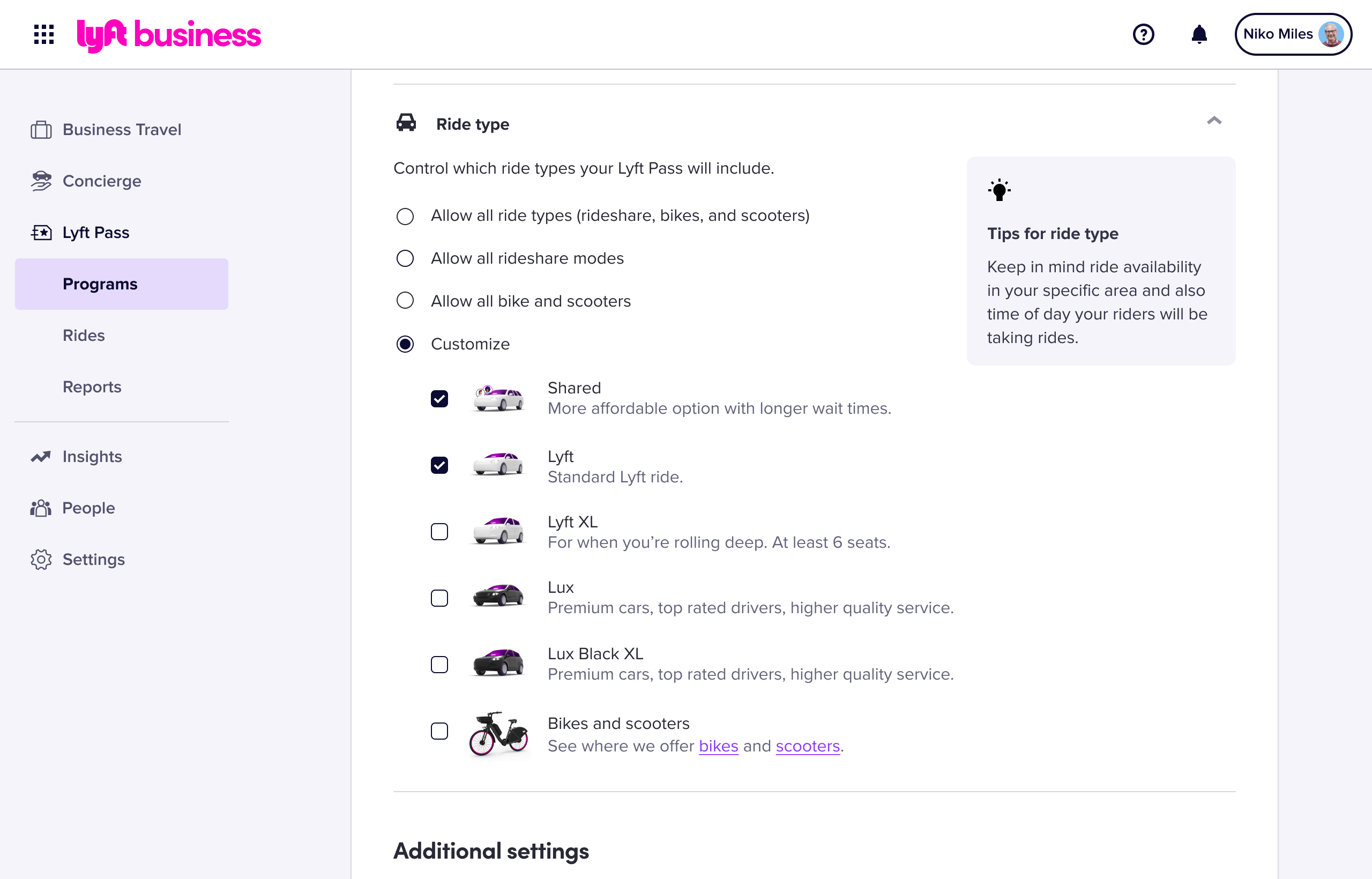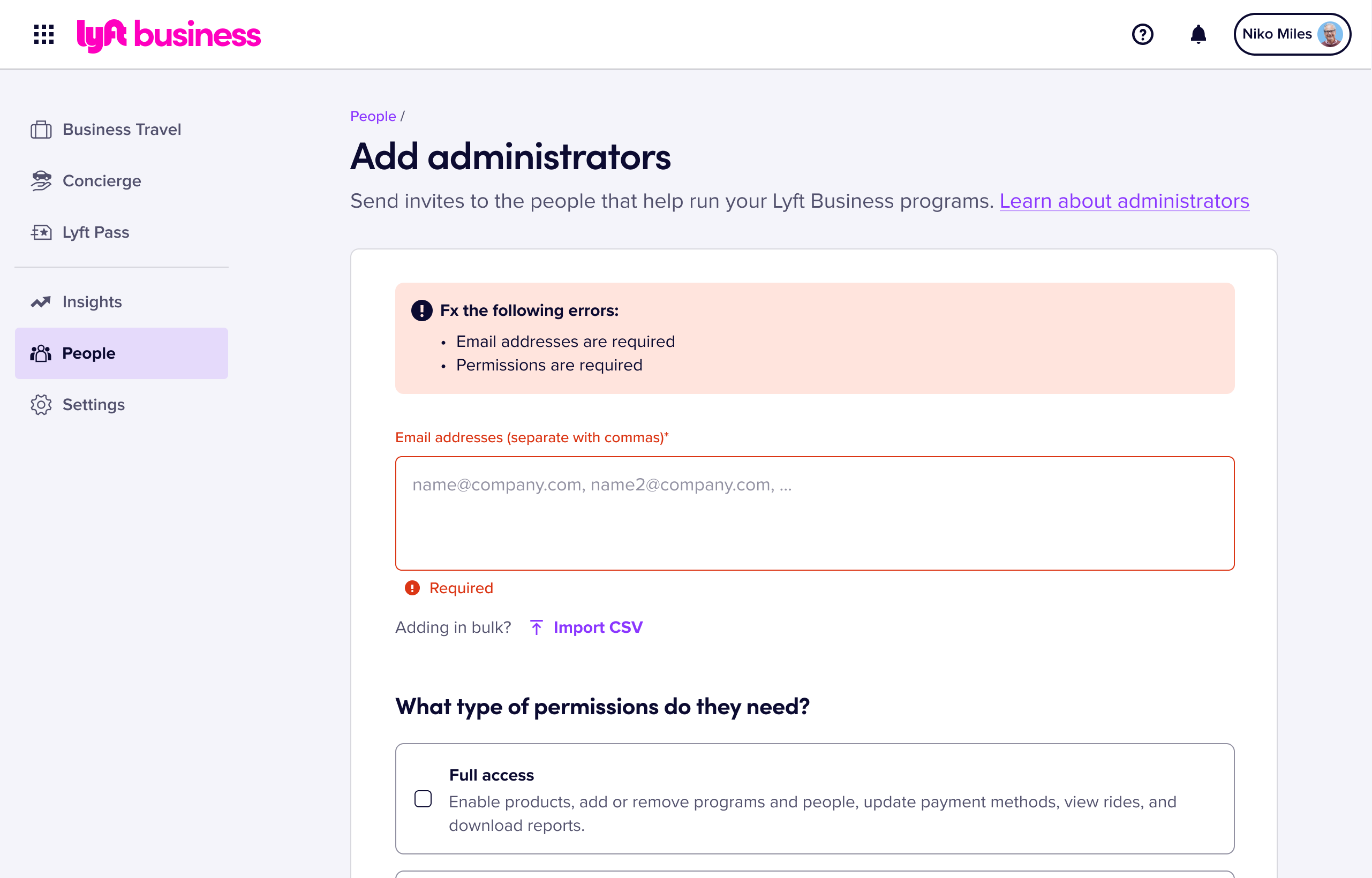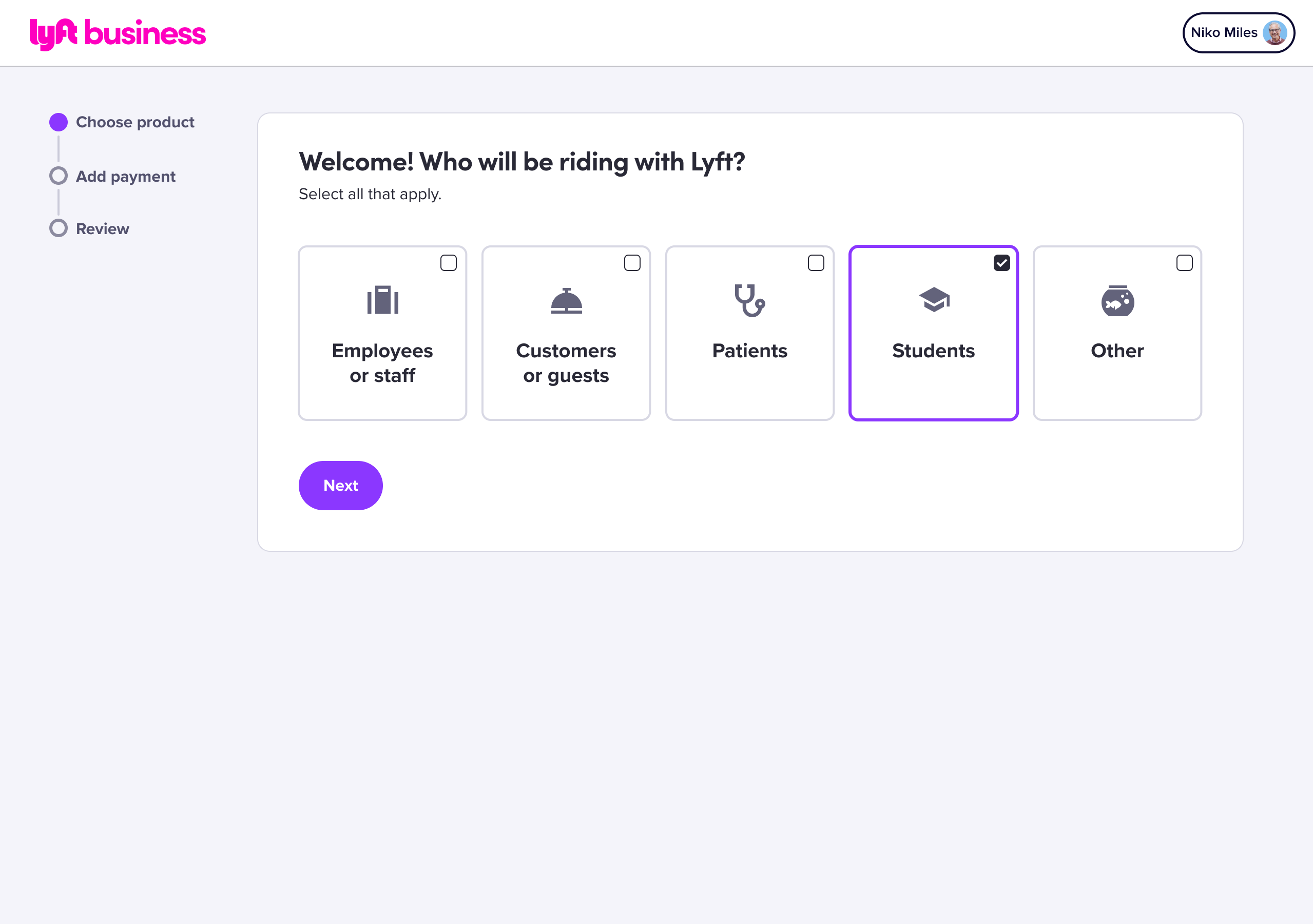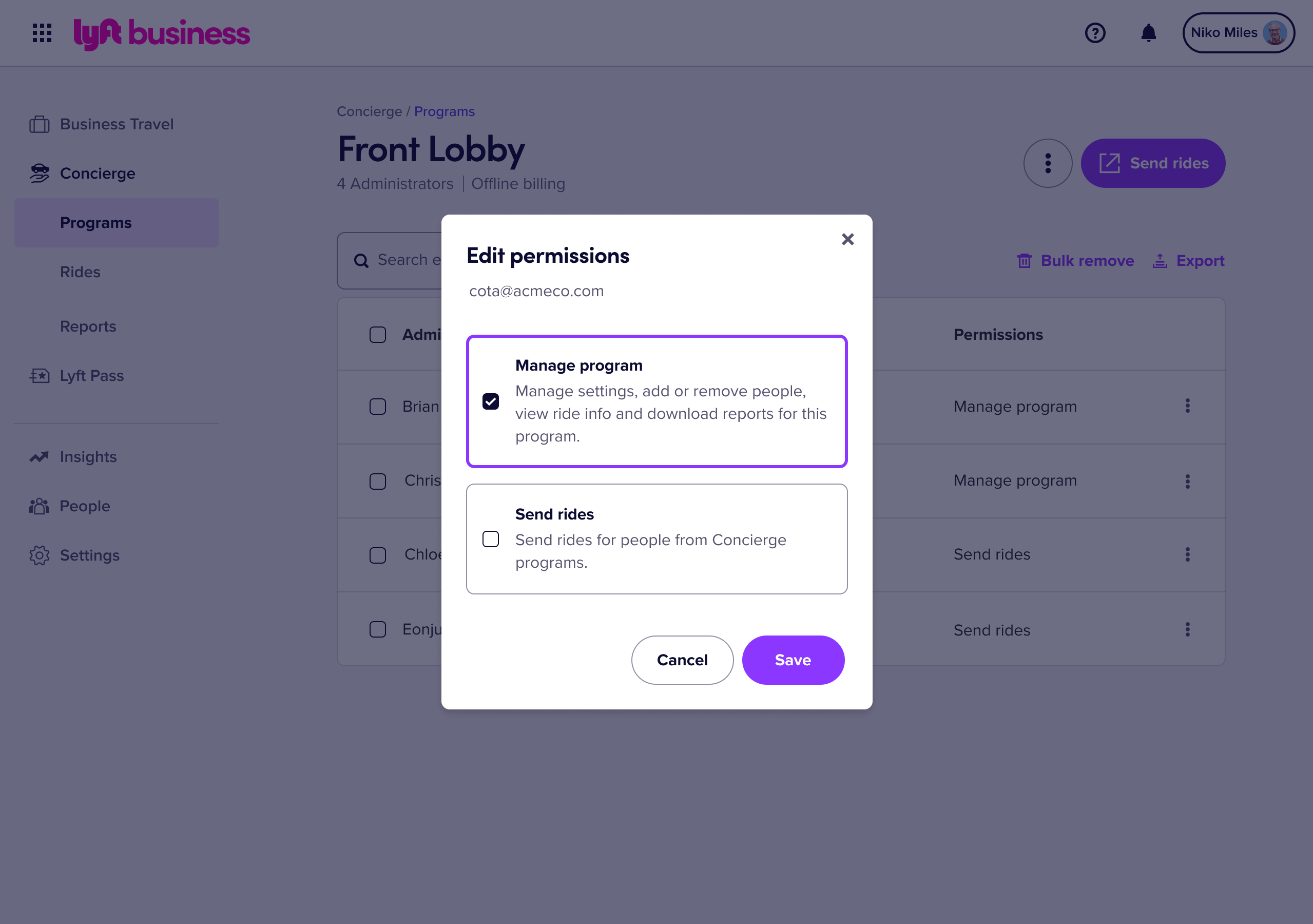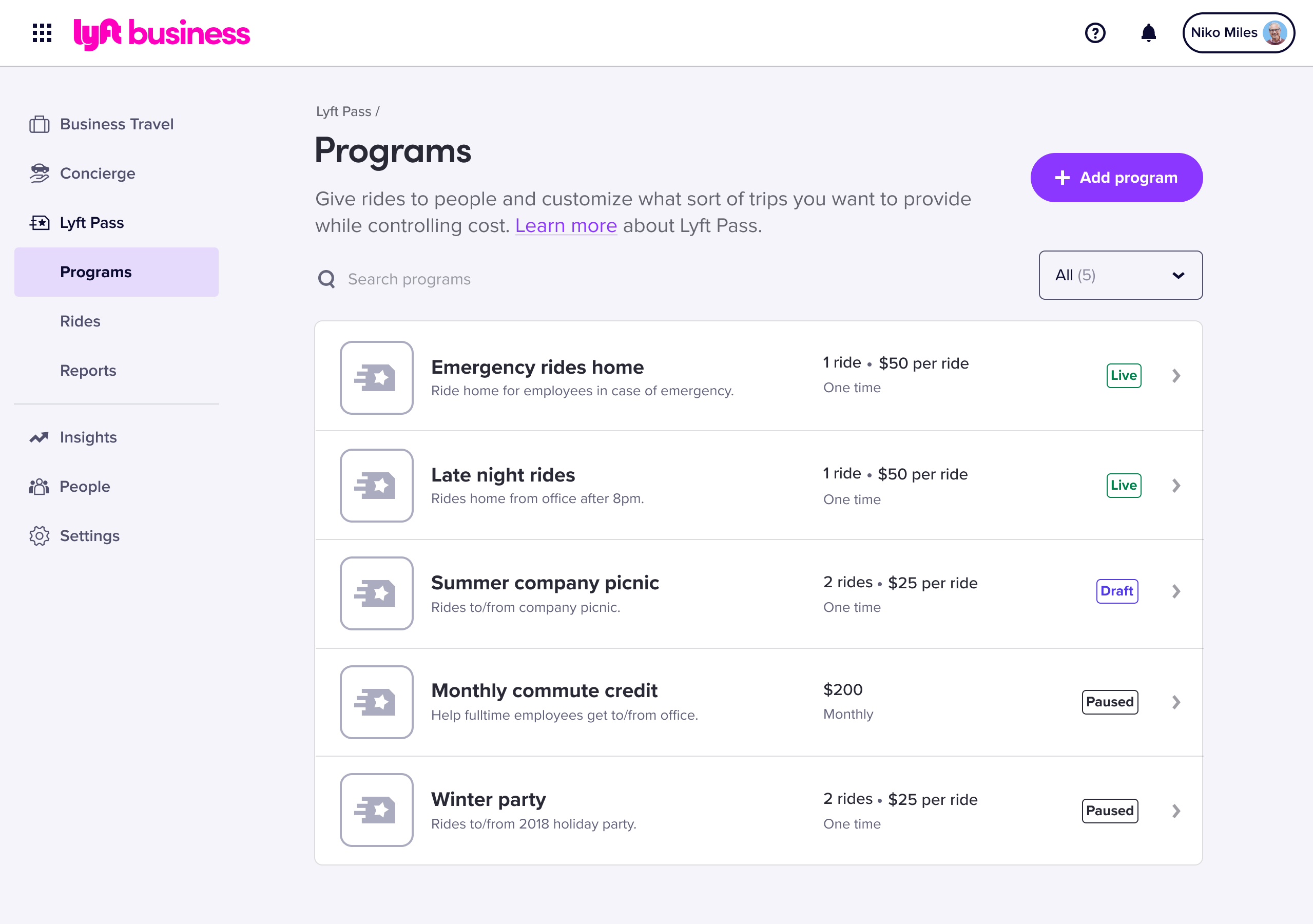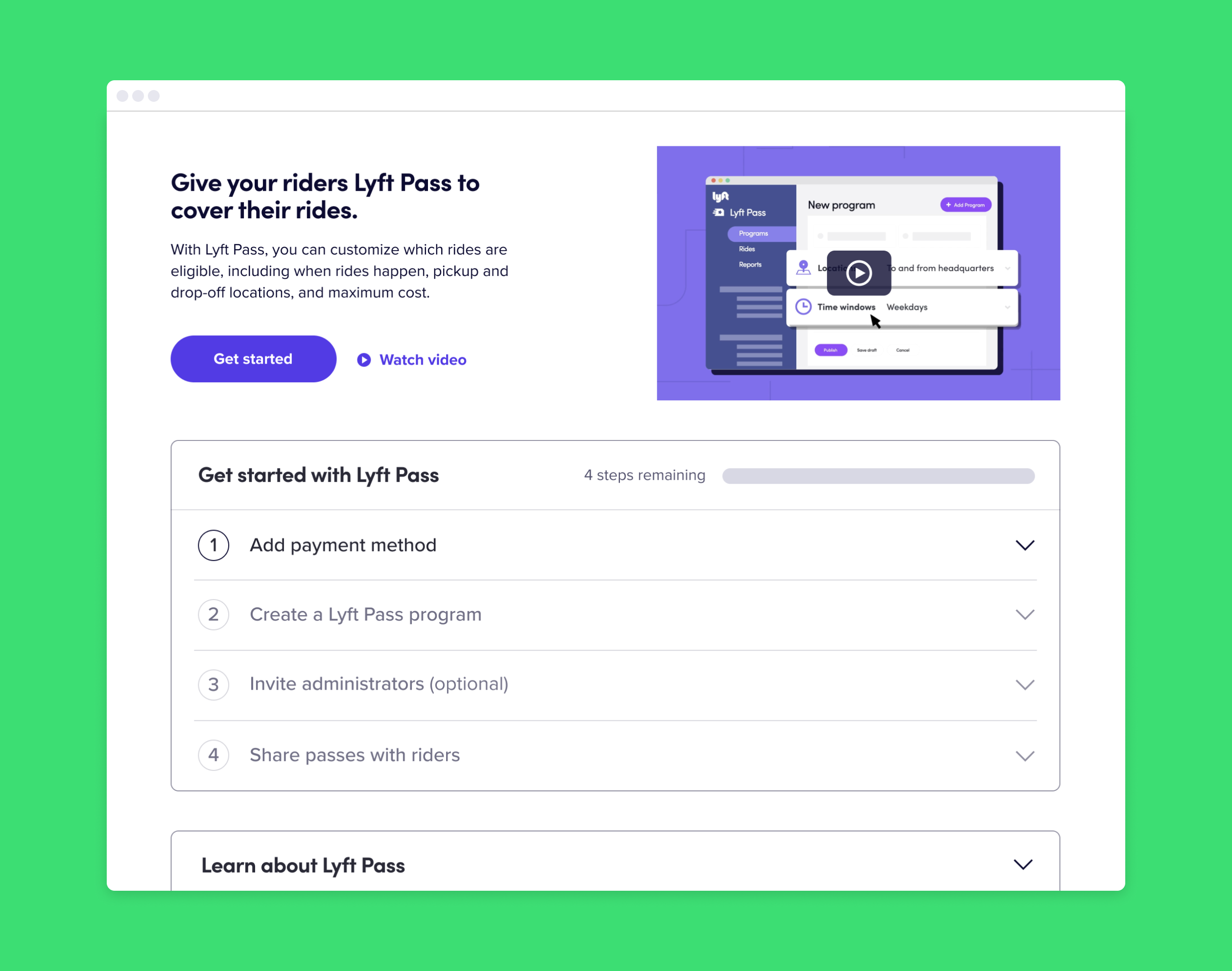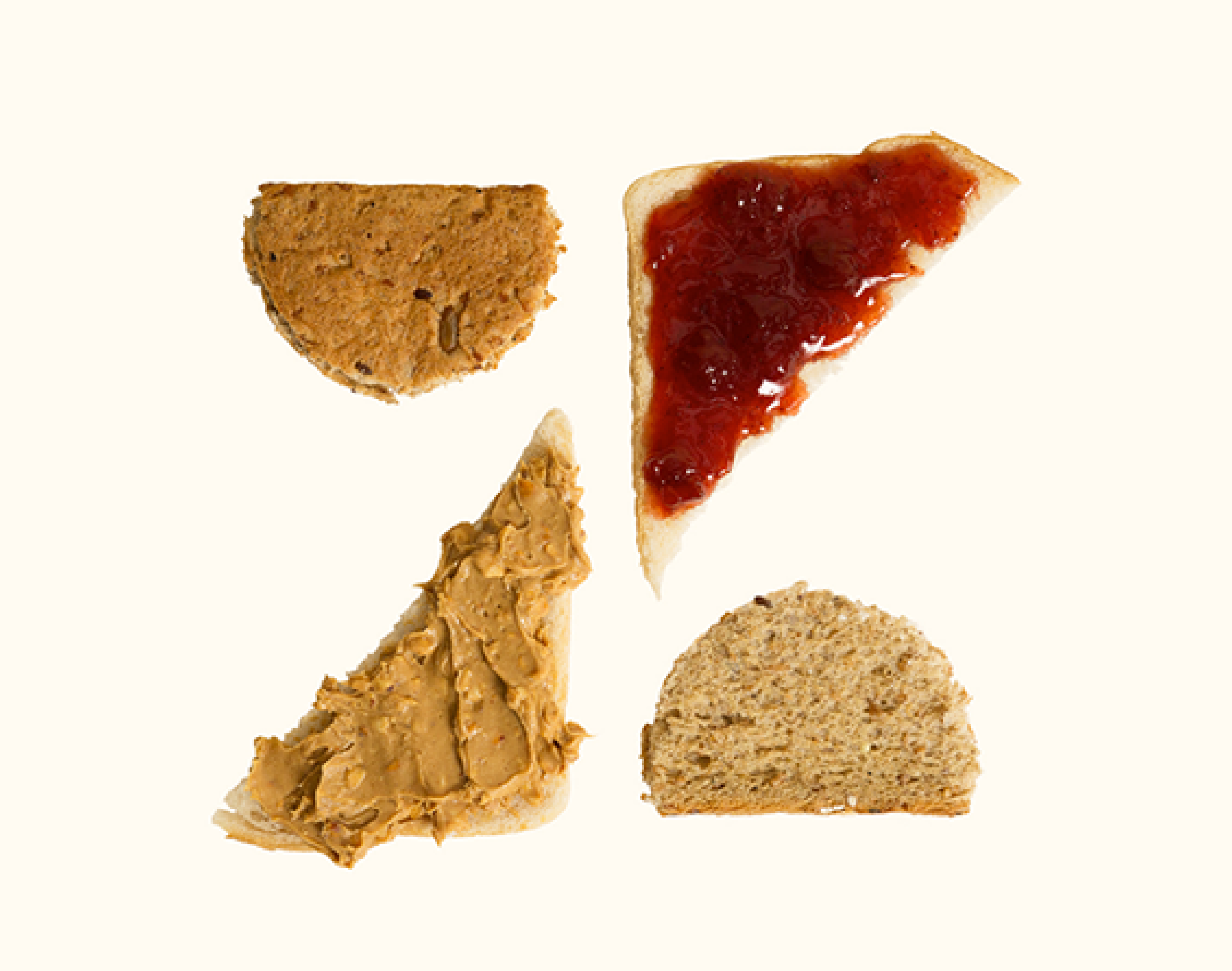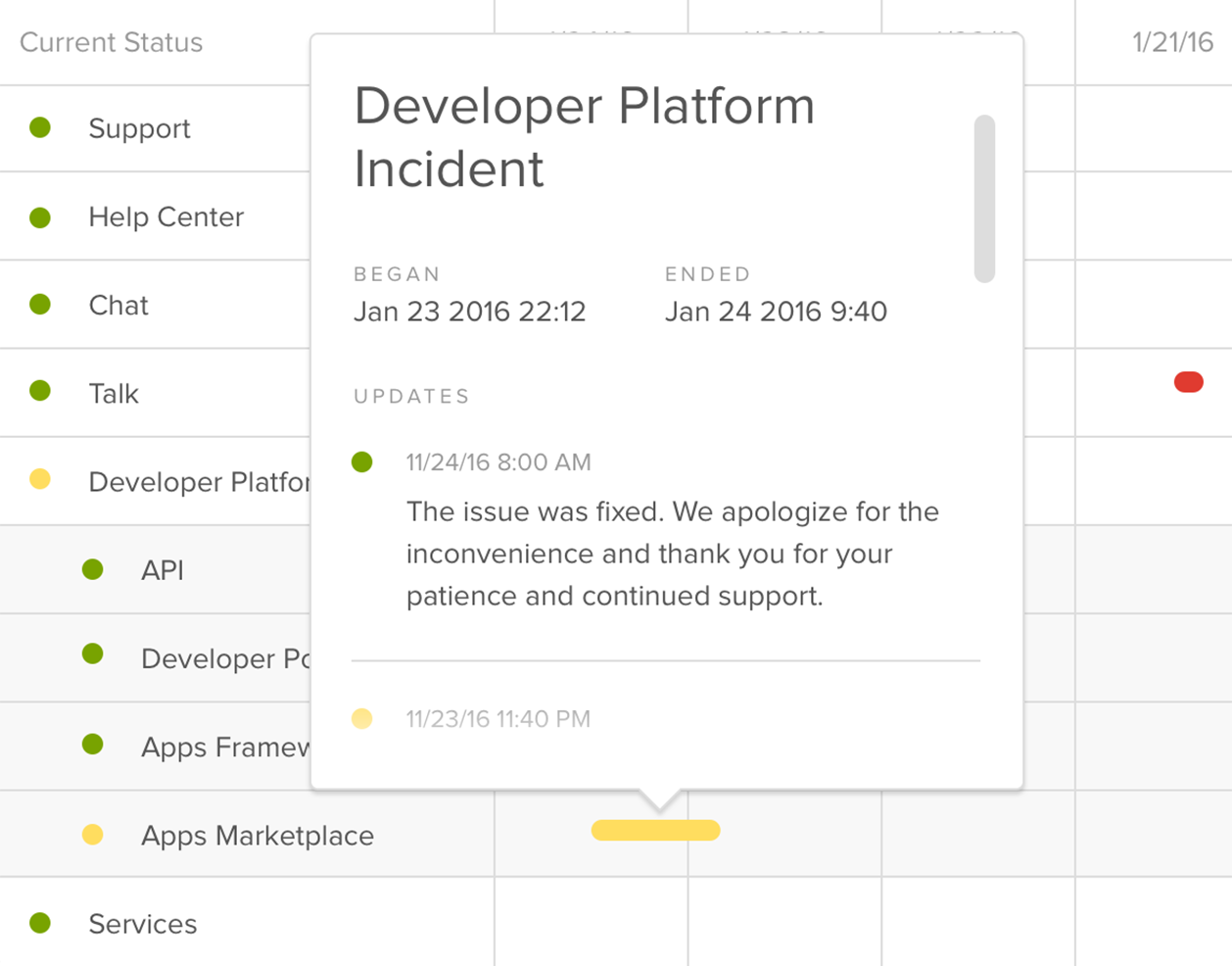Lyft Business Design System
An enterprise design system that can accommodate more complex needs of enterprise products while being informed by main product language.
While Lyft had a global design system team, Lyft Product Language (LPL), enterprise teams such as ours had a need for more complex components that fell outside of those they created. Lyft Business itself had multiple products which had been designed over the years and often lacked continuity and consistency. Out of this need I created and ran our pillar's design system which not only brought consistency and speed to our teams but also those of other internal teams.
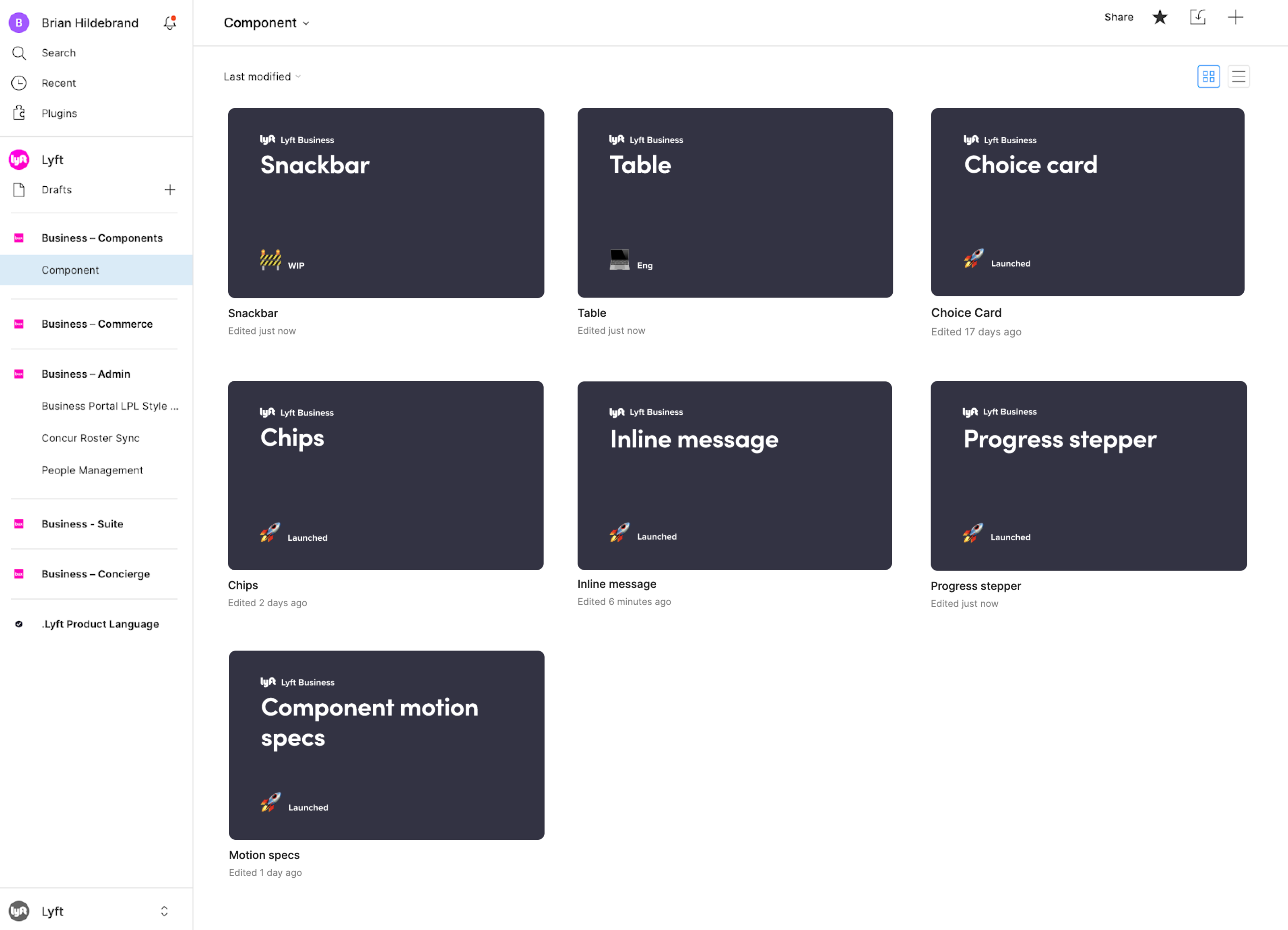


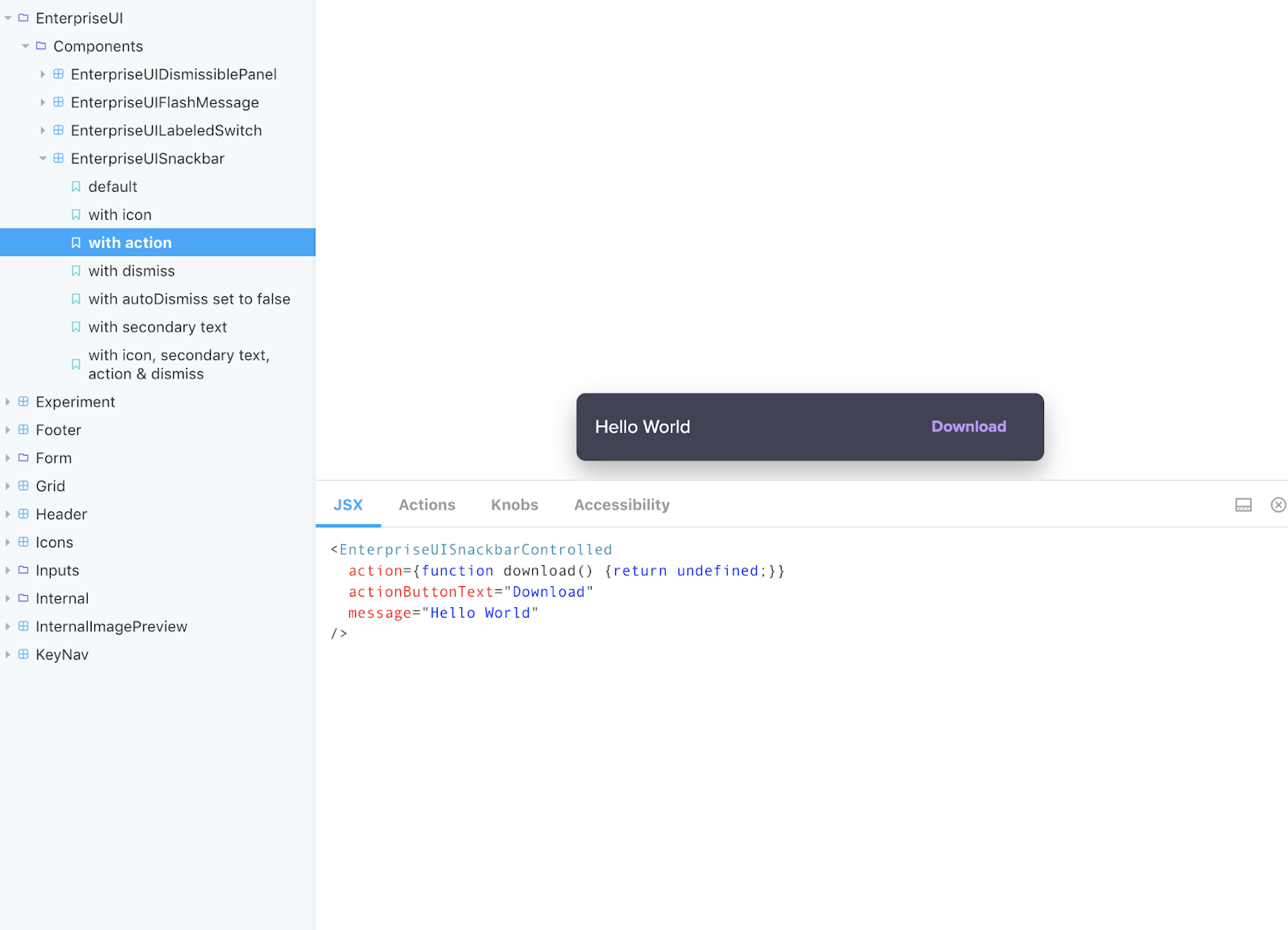
Contribution process
As I wasn’t designing a system on my own, I needed to define a process that other designers on my team could use to author their own components and ensure it was adopted by others on the team. A formal yet light-weight process was needed. Things like how would new patterns be approved, and what hand-off docs were needed for engineering needed to be clear. Compared to LPL we wanted our process to be faster as teams were often in need of components.
- Take inventory
- Tell people you’re working on it
- Start designing
- Design review 1
- Refine
- Design review 2
- Approval
- Engineering handoff

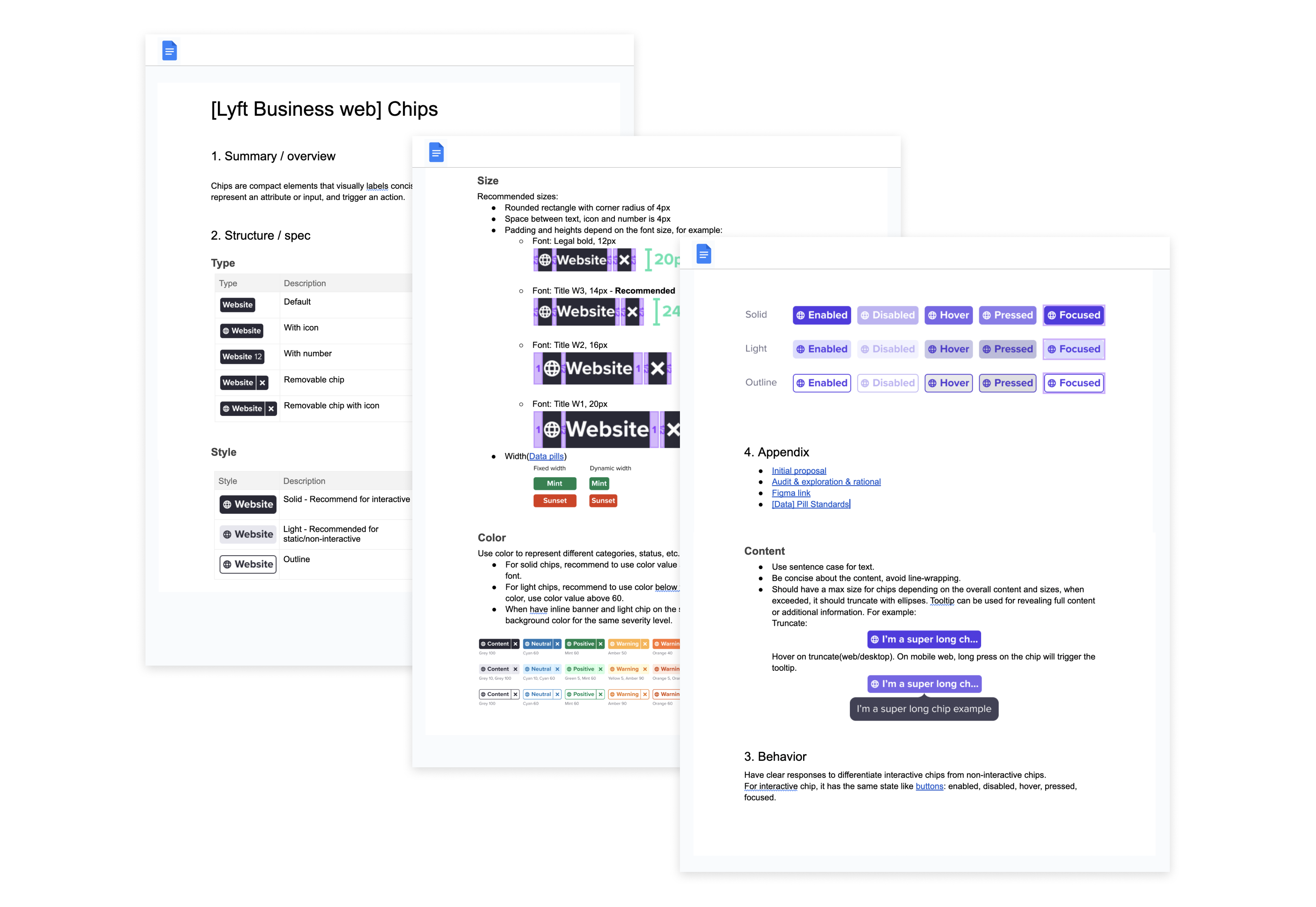
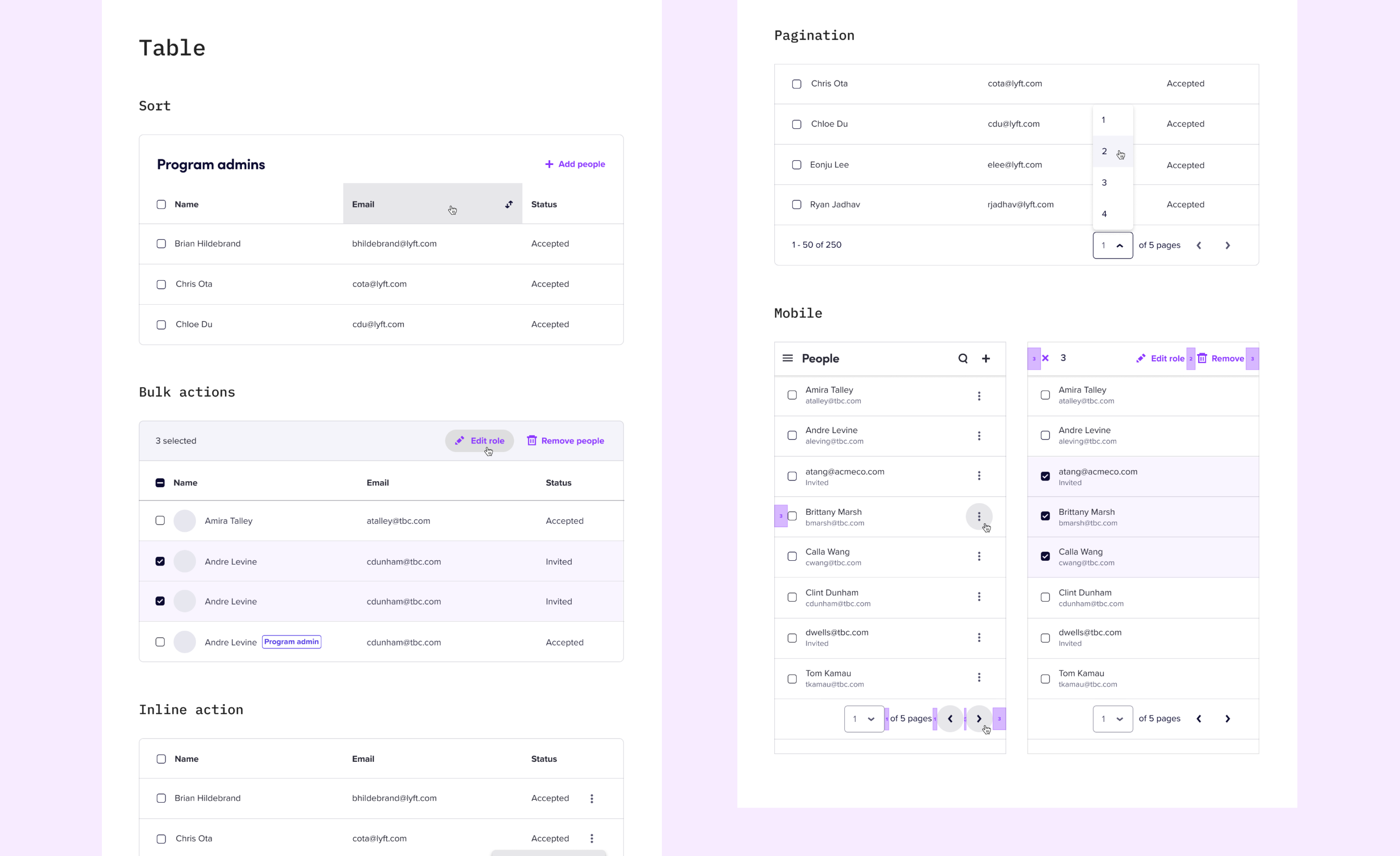
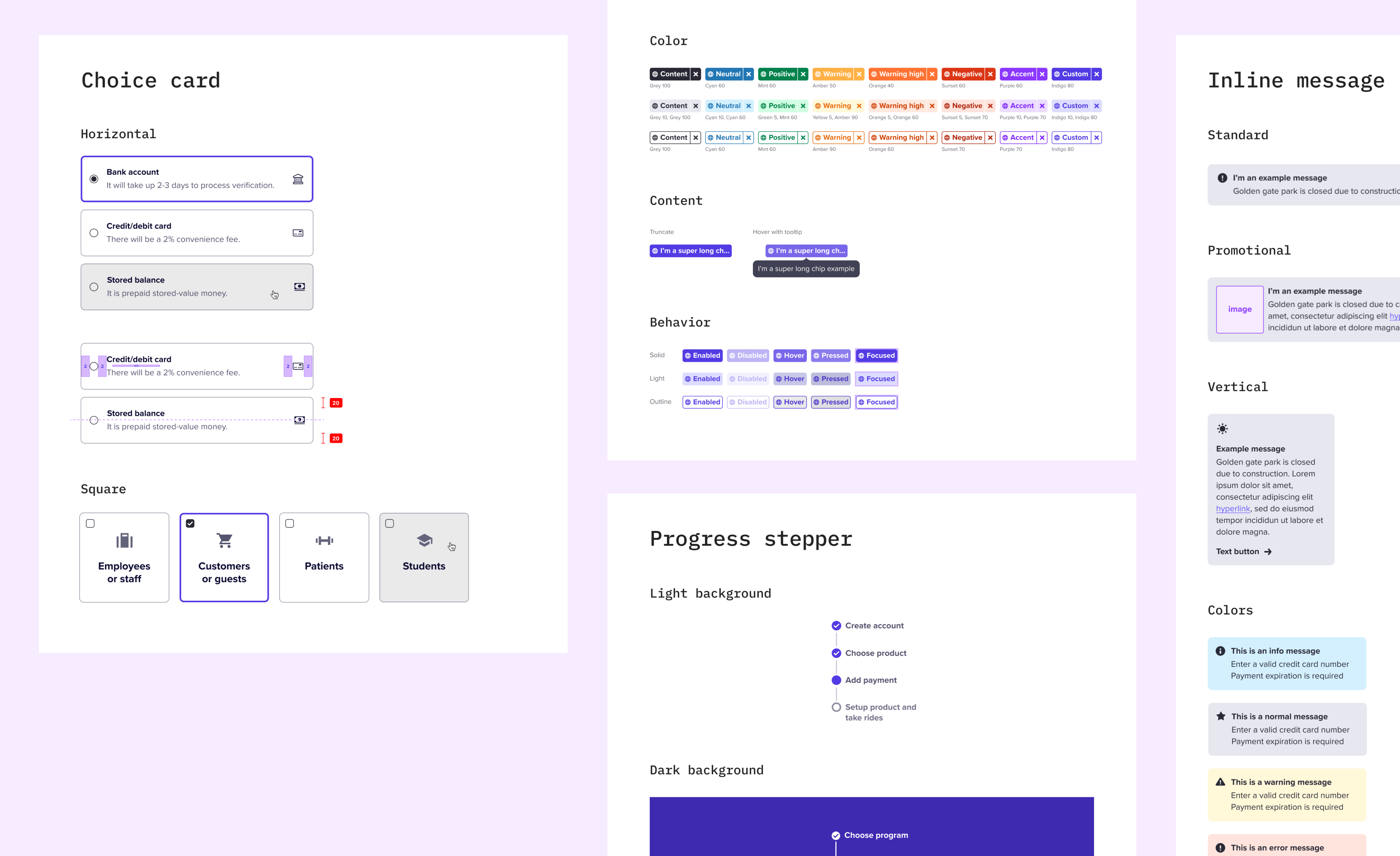
Motion collaboration
I was fortunate enough to spend a month working with the lead motion designer on LPL and apply their motion principles to our components. I created documentation that engineers could use using motion curves.
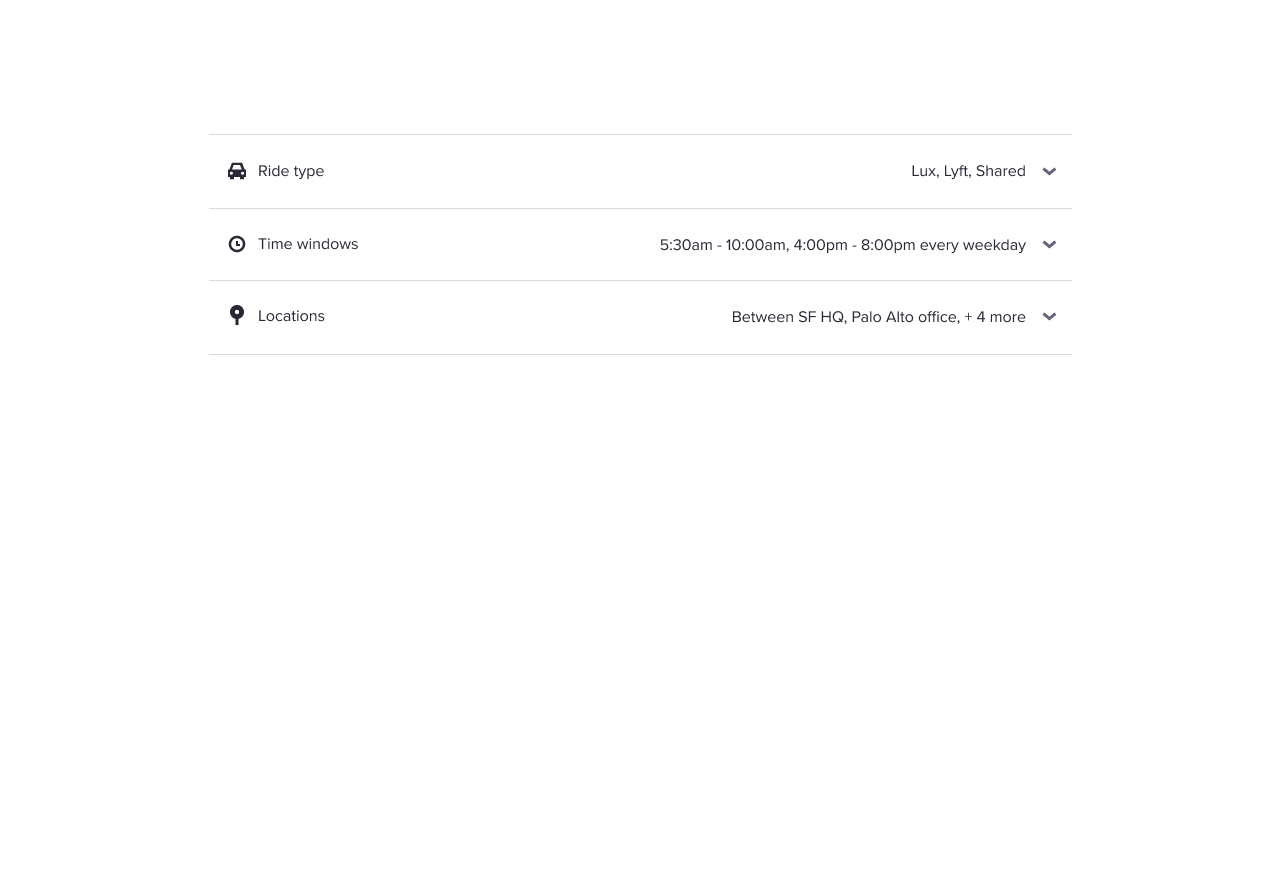
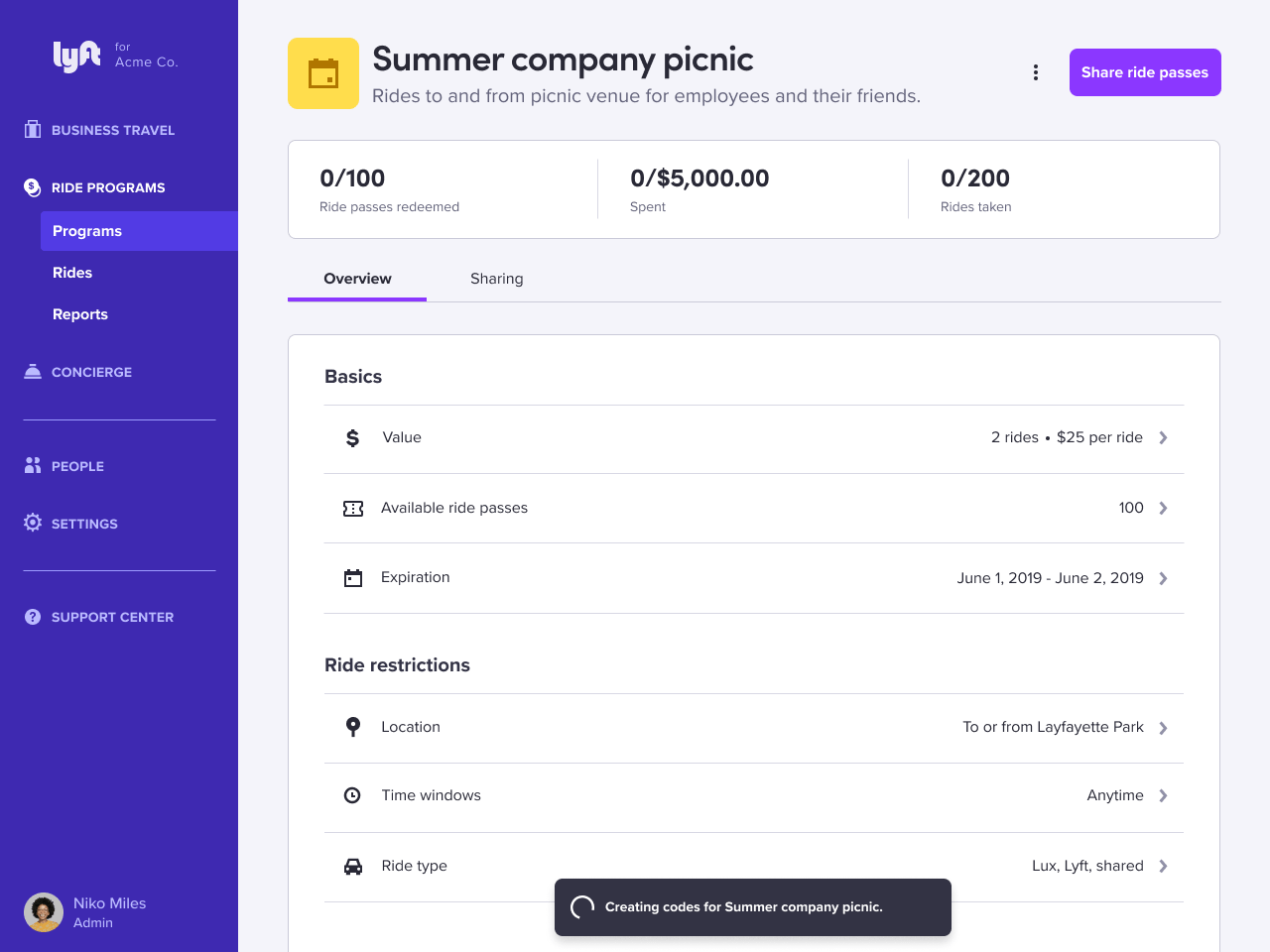
In-product examples
Impact
7 new components were added to our system and 2 components were added to the company-wide design system and were used accross 7 products.
